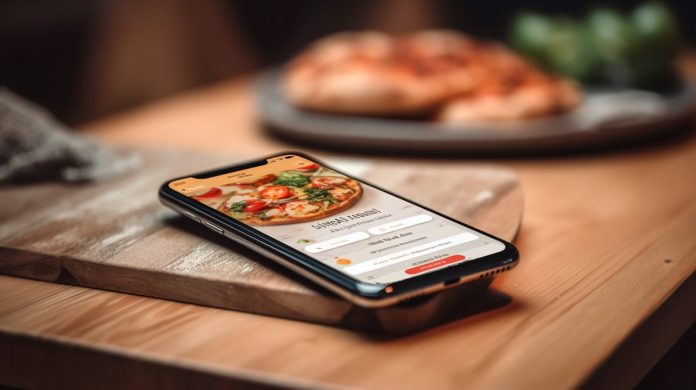Five years on from the pandemic-driven surge, the online food delivery sector shows no signs of slowing down. Demand continues to rise as convenience becomes a key driver for consumers, especially among millennials and Gen Z, who increasingly treat food delivery as a daily routine rather than a luxury. This shift is propelling strong growth in both the restaurant and grocery delivery markets.
Insights shared by Stocklytics.com reveal that the online food delivery industry is poised for extraordinary expansion, with projections indicating it will evolve into a $2 trillion market by 2030.
Global Food Delivery Spending to Grow by an Average of $125 Billion Each Year
In just five years, the online food delivery market has evolved from a lockdown-era necessity into a trillion-dollar industry with billions of users worldwide. What began as a simple meal delivery service has grown into a complex network of ghost kitchens, smart logistics, and integrated grocery options.
Although the explosive growth seen during the pandemic has slowed, food delivery platforms are now shifting their focus to profitability. They’re using AI-powered logistics, subscription models, and flexible pricing to improve margins, while local partnerships help retain customers and cut costs. This strategic shift continues to drive strong revenue growth, bringing an optimistic market outlook for the coming years. The Statista Market Forecast survey shows just how big that growth is.
In 2025, people worldwide are expected to spend a whopping $1.39 trillion on food delivery, $188 billion more than last year. Grocery delivery will account for 67% of that total, generating $938 billion in revenue, while meal delivery is projected to bring in another $455 billion.
And while $1.39 trillion is already an impressive figure, roughly equal to Indonesia’s entire GDP, it pales in comparison to what’s coming. Statista expects that global food delivery spending to grow by an average of $125 billion each year, reaching a staggering $2 trillion by 2030. To put that in perspective, if online food delivery were a country, it would rank as the world’s twelfth-largest economy, just behind Russia and Canada.
Most of this growth will come from the grocery delivery segment, which is expected to surge by 60% and generate $1.49 trillion in revenue by 2030. The average spending per user in this category will also climb by around $100, reaching over $640. In comparison, the meal delivery segment is expected to see more modest growth, rising 15% to $520 billion, with average user spending increasing slightly to $208, only $3 more than this year.
Over 800 million People to Flock to Food Delivery Apps in the Next Five Years
With major players like Uber Eats, Just Eat, Deliveroo, and DoorDash expanding their services and introducing subscription models and loyalty programs, the number of users in the food delivery segment has skyrocketed over the years.
Since 2017, around 2.2 billion people have started using food delivery apps, pushing the global user base to 3.1 billion in 2025, roughly 37% of the world’s population. But the growth isn’t slowing down. In fact, Statista projects that another 800 million consumers will join the market over the next five years, pushing the total to 3.9 billion, roughly equal to the combined populations of Asia and Europe and nearly 10 times that of the United States.



 Bitcoin
Bitcoin  Ethereum
Ethereum  Tether
Tether  XRP
XRP  USDC
USDC  Solana
Solana  TRON
TRON  Lido Staked Ether
Lido Staked Ether  Cardano
Cardano  Avalanche
Avalanche  Toncoin
Toncoin